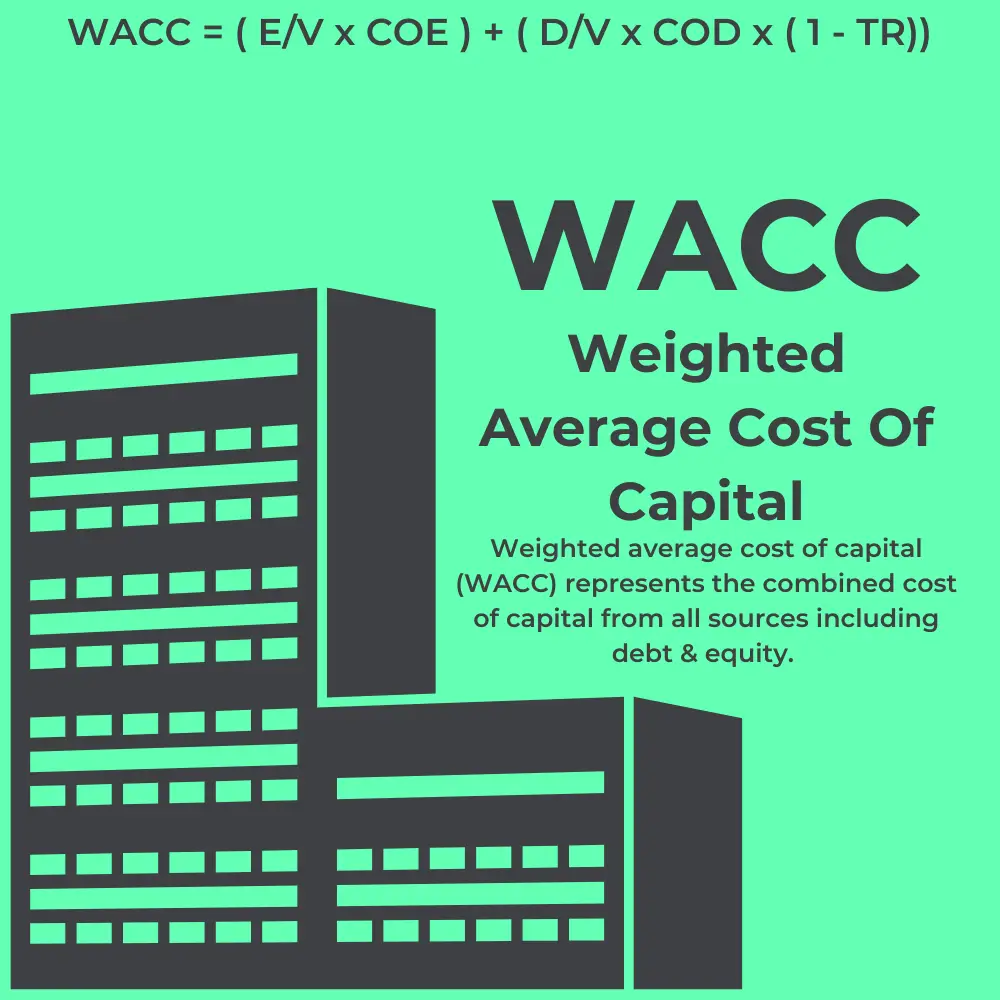My Experience With The Bloomberg Terminal
On Monday, August 15th, 2022 I was invited to the University Of Delaware to tour the Geltzeiler Trading Center.
On Monday, August 15th, 2022 I was invited to the University Of Delaware to tour the Geltzeiler Trading Center.
Cost of equity is the hypothetical return investors must receive in order to justify the risk of owning an asset.
The PEG ratio is used by investors to compare a company’s price to earnings ratio to its expected earnings growth rate.
Comparable company analysis, or CCA, groups together very similar companies and compares them using price multiples.
The risk free rate is the return that could be received from an investment that requires no risk. The current yields on U.S. Treasury bills, “T-Bills”, are commonly used by investors gauging the risk free rate.
Theta, represents the rate at which an option contract loses value as time passes. As a result of theta, an option contract loses value as it gets closer to maturity.
The debt to equity ratio is a financial metric used to gauge a company’s leverage. The debt-to-equity ratio demonstrates to investors how heavily a company relies on debt financing, as opposed to its own assets, in order to grow.
The Altman Z-score is a formula used to measure a company’s probability of going bankrupt using five financial ratios to calculate a score.
Recurring revenue is a company’s sales that are most likely going to repeat. An example of a recurring revenue source would be a contract a company has with a customer which guarantees future payments, such as a subscription.
For many companies, its largest cost is the cost of the goods it sells. This expense category is classified as “costs of goods sold” (COGS).
The cost of debt is the interest rate a company must pay on its debt. Debt it an important form of financing many companies rely on but as represented by the cost of debt, debt financing is not free.
By discounting forecasted cash flows, net present value shows investors the current value of all future cash flows,
Return on assets (ROA) is a ratio which measures a company’s profitability, relative to its assets and demonstrates management efficiency.
A lagging economic indicator is an economic statistic which changes after major changes happen in the economy.
What Is A REIT? A real estate investment trust (REIT) is a company that specializes in the purchase of cash-producing real estate assets. Many REITs
A convertible bond is a corporate issued fixed income debt security which can be converted into shares of the company’s stock.
The price-to-book, or PB, ratio is a valuation metric that compares a company’s market cap to the book value of its equity.
Net Working capital (NWC) is calculated by subtracting a company’s current liabilities from its current assets.
Accounts payable are financial obligations which require a company to pay suppliers and/or creditors in the near-term future.
What Is Beta? Beta (β) is a measurement of volatility of a specific security or portfolio, relative to a specific market, such as the S&P
A leveraged buyout (LBO) is the process of a company purchasing another business using a large amount of debt financing.
One of the most significant drivers of a company’s future cash flows is its sales. Properly forecasting revenues is crucial when valuing a business.
A company’s income statement, also know as the profit & loss statement, documents its revenues and expenses during a given period.
A capital expenditure is the act of a company using funds in order to purchase, improve, or maintain its long-term assets.
Foreign exchange risk, also known as currency risk, is the risk of loss due to changes in foreign currency conversion rates.
With a subscription right, shareholders in companies are given the right to purchase a proportionate number of shares before more shares are issued.
Convertible preferred shares are a unique fixed-income security, issued by corporations that grant investors the right to convert shares of preferred stock to common stock on a future date at a specified price.

What Is The Weighted Average Cost Of Capital? Weighted average cost of capital (WACC) represents the combined cost of capital from all sources including debt
Free cash flow to equity (FCFE) is a financial metric which measures the amount of a company’s cash that is available to its owners.
A Treasury Bill (T-Bill) is a short-term debt security, backed by the U.S. treasury department. Treasury Bills are issued by the U.S. Government and allow investors to loan money for government spending. T-Bills have various maturity durations of one year or less.
Convertible preferred shares are a unique fixed-income security, issued by corporations that grant investors the right to convert shares of preferred stock to common stock on a future date at a specified price.